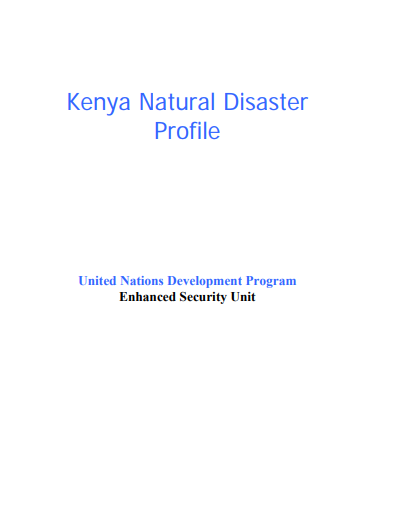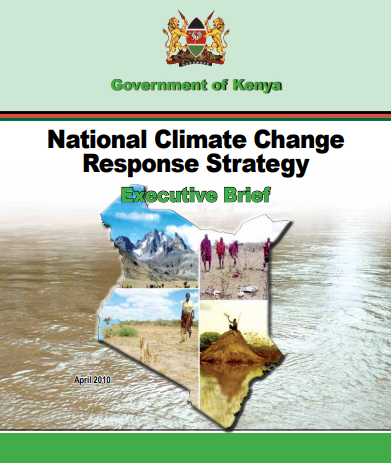KENYA State of the Environment and Outlook 2010
Kenya has been implementing an active environmental management programme including education and public awareness. Most Kenyans are therefore aware of the link between environmental management and human well-being. They know that environmental degradation exacerbates poverty and undermines economic progress. Of course, there are still those who lack appreciation of the ecosystem services that are central to our wellbeing but these are a minority.









